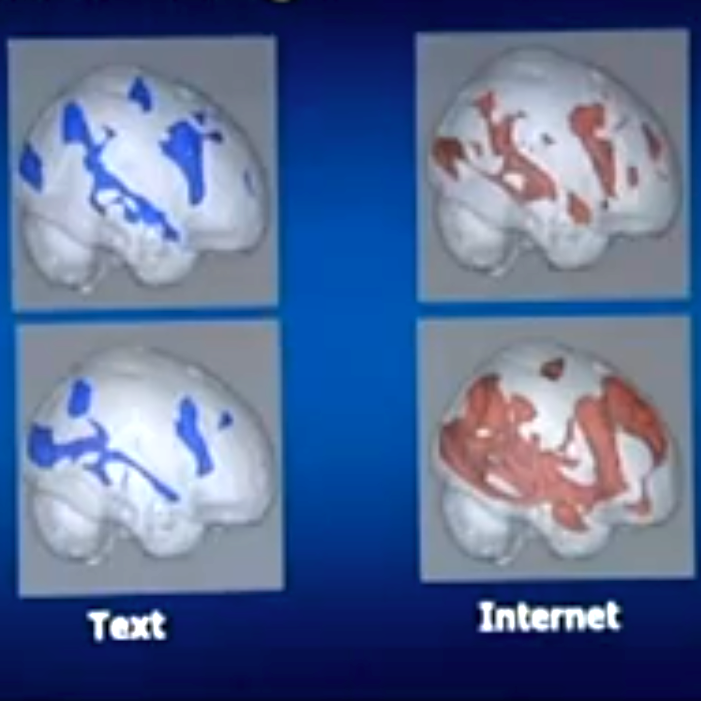
Skype in the classroom is a new product inspired by the growing community of teachers that use Skype and video chat to help their students learn. It’s easy to see why: video chat can help students discover new cultures, languages and ideas, all without even leaving the classroom. Schools use it to bring speakers, experts and guest instructors into the classroom.
Skype in the classroom, a directory of like-minded educators, can help those teachers prepare and manage the new learning experiences more efficiently:
- Cultural exchange: Introduce students to new ways of seeing the world with a cultural exchange between their class and another classroom anywhere in the world.
- Language skills: Enable real-life conversations where students can practice a new language with a class of native speakers, or help English learners practice their skills.
- Discovery: Try mystery Skype calls, where classes connect online and give clues to help each guess the other’s location. Or introduce your students to a classroom in the location of a book they’re reading or a subject they’re studying.
Although Skype has supported several educational initiatives before, e.g. Peace One Day, which uses video chat to produce intercultural cooperation lessons, Skype in the classroom brings the whole learning and teaching experience to a new level.
Skype in the classroom (beta) is still under development and for the moment basically a growing directory of educators. But Skype says it plans to widen the network and to support connecting classes with speakers and experts who are willing to Skype in to a class. Just imagine an astronaut skyping in from the international space station.
- Skype in the Classroom: education.skype.com / @skypeclassroom
- Related story: Sugata Mitra’s Granny Cloud helps children in India with their education, based on the grandmother method via Skype.


